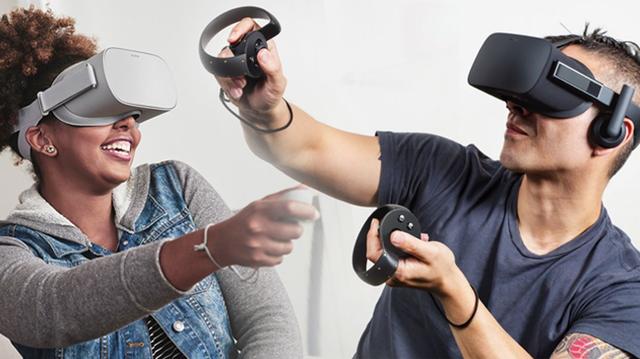Virtual reality (VR) technology is revolutionizing the healthcare industry by providing patients with immersive and interactive experiences to help with treatment and therapy. The use of VR environments has been shown to reduce pain, anxiety, and stress, and improve overall patient outcomes. But what do patients experience in virtual reality environments, and how can it benefit their treatment?
In VR therapy, patients are placed in a virtual environment that is designed to mimic real-life situations. Patients wear a VR headset and are immersed in a 360-degree virtual world, where they can interact with the environment and objects. This allows patients to explore their fears and anxieties in a safe and controlled setting, which can help them cope with difficult situations.

There are various types of VR environments available for patients, including relaxation and meditation programs, exposure therapy, and pain management. For example, relaxation and meditation programs can help patients reduce stress and anxiety by immersing them in calming environments, such as a beach or a forest. Exposure therapy can help patients overcome phobias by gradually exposing them to feared stimuli, such as heights or spiders. Pain management programs can help patients reduce pain by distracting them with immersive environments.
Patients can also experience VR environments during medical procedures to help reduce anxiety and pain. For example, patients can use VR during dental procedures to distract them from the pain and anxiety of the procedure. VR can also be used during medical imaging procedures to help patients feel more comfortable and relaxed.
The benefits of VR therapy are clear, but what types of virtual reality experiences are available for patients? There are various types of VR environments, including fully immersive environments, where patients are completely immersed in a virtual world, and augmented reality environments, where patients view virtual objects overlaid on the real world.
The software used to design VR environments is also important in creating an effective VR therapy experience. There are various software tools available to design VR environments, including Unity, Unreal Engine, 3D Studio Max, and Moon VR Home. These tools allow developers to create immersive and interactive environments that can be customized to meet the needs of individual patients.
In conclusion, virtual reality environments are changing the healthcare industry by providing patients with immersive and interactive experiences that can help with treatment and therapy. Patients can experience various types of VR environments, including relaxation and meditation programs, exposure therapy, and pain management. The software used to design these environments is also critical in creating effective VR therapy experiences. With the continued advancement of VR technology, the possibilities for improving patient outcomes are endless.
You May Also Like:
Boost Your Productivity with Meta Quest 3: A Comprehensive Guide
How to Use Skybox VR on Oculus Quest 2&3- Your Gateway to Virtual Reality Adventures
How to Get Steam VR Home: A Quick Guide

